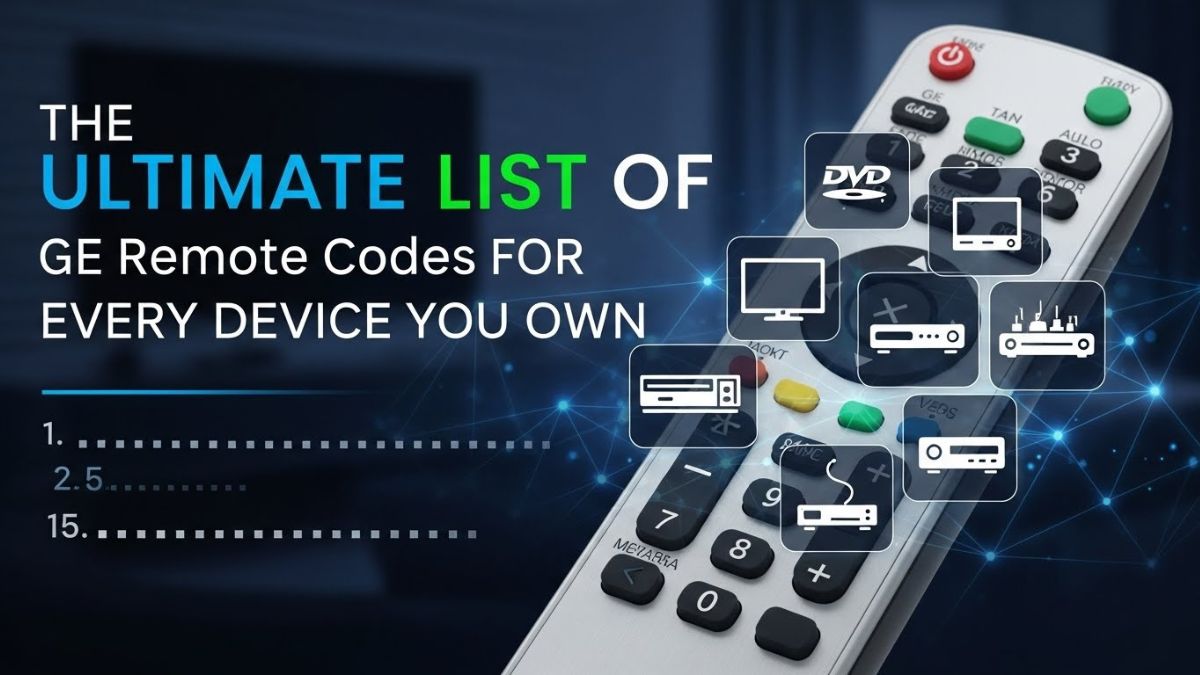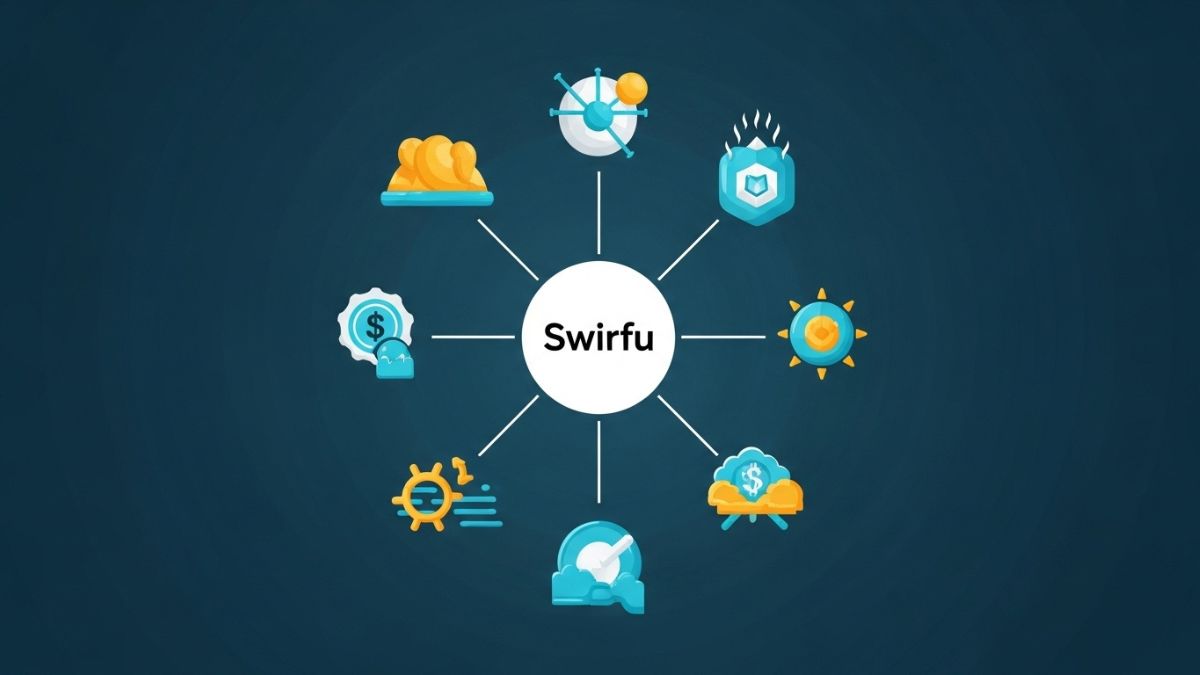Is your rewards strategy driving real engagement and business success? A well-crafted rewards program goes beyond bonuses or salary hikes it’s a powerful tool for boosting motivation, fostering commitment of the employee, and aligning employee efforts with company goals. Employees who feel valued contribute more efficiently, helping the company thrive long-term.
Building an effective rewards system requires a structured, data-driven approach that meets both business objectives and employee needs.
Steps to Build a Rewards Strategy
1. Why Your Business Needs a Performance-Driven Rewards Strategy
A robust rewards system is not an HR initiative but a business growth strategy. Companies that focus on engaging and recognizing their employees experience greater productivity, retention, and workforce commitment.
Organizations with superior incentive programs are 1.5 times more likely to report strong employee engagement and retention. But most organizations do not implement structured incentive programs; as a result, employees become disengaged. A well-planned strategy ensures rewards drive performance, not entitlement. The significant benefits of employee rewards and recognition are essential for boosting engagement, satisfaction, and productivity.
2. Identifying Your Business Goals and Workforce Needs
A rewards program should align with business objectives to create measurable impact. Before designing your strategy, assess:
- What behaviors and outcomes do you want to encourage (e.g., innovation, teamwork, or efficiency)
- Current employee engagement levels through surveys or HR analytics.
- Key workforce challenges like high attrition, skill gaps, or lack of motivation.
Understanding what drives your employees allows you to tailor rewards that genuinely boost productivity rather than implementing a generic, one-size-fits-all program.
3. Monetary vs. Non-Monetary Rewards:
An effective rewards system includes a mix of monetary and non-monetary incentives to cater to diverse employee preferences.
Monetary vs. Non-Monetary Rewards
| Type of Reward | Examples | Best For |
| Monetary | Bonuses, salary hikes, profit-sharing, commissions | Short-term motivation, performance-based roles |
| Non-Monetary | Career development, flexible work schedules, wellness programs | Long-term engagement, employee satisfaction |
Immediate motivations can be through financial rewards; however, to keep the workforce engaged, programs such as recognition programs, opportunities for career growth, and perks of work-life balance are indispensable. Employee recognition programs are therefore essential in loyalty and productivity for any rewards strategy.
4. Creating Performance Metrics to Measure Productivity
More importantly, rewards should be tied to clear, measurable criteria for the improvement of performance. The setting of Key Performance Indicators is essential and serves to align such indicators toward company goals, which may include sales targets by sales teams, project completion by deadline-driven teams, and customer satisfaction ratings by service roles.
When employees understand how their efforts contribute to the company’s success, it boosts their motivation and drives consistent performance.
5. Ensuring Transparency in Your Rewards System
A key to keeping anyone motivated and involved in a reward system is transparency. Employees need to know clearly what they work for, as it develops misconceptions and questions about unfair treatment.
Communication of the rewards structure: This will be done through internal newsletters, HR portals, and team meetings. It ensures that all individuals know about the reward structure. Timelines of performance evaluation and timelines of incentives are created so that clarity prevails.
Fair performance-based incentives lead to trust in the system. Fairness and clearly defined policies that are open in their intentions promote accountability and limit confusion while engendering motivation in employees.
6. Setting Up a Tiered Rewards System for Different Performance Levels
This system is believed to be effective when rewarding the tiered performance of employees. A high performer for example should enjoy higher value bonus rewards, alongside leadership opportunities as well as receiving public commendation for pointing out great contributions to the company’s bottom line.
Even the new employees with promise can be encouraged with some personalized mentorship or a stipend for learning. This sets a culture for growth and helps in the socialization process with an obvious sense of value and potential.
New promise holders can be encouraged with rewarding opportunities like individualized mentorship or stipends for learning opportunities. That helps create a growth culture while ensuring their seamless integration into the company with a proper sense of value and potential.
7. Leveraging Employee Recognition for Motivation
Recognize the employees-it is one of the most inexpensive yet powerful techniques to increase productivity and employee engagement. Evidence from research is that employees will be more devoted, motivated, and willing to do more if they find value in work. A properly structured recognition system will help internalize positive practices and foster a high-performance culture inside the organization.
Well, different employees like recognition differently: some appreciate acknowledgment in public whilst others would actually like a small private thanks from leadership. An incentive for peers to recognize, in turn, boosts the collaborative morale of the setting.
Management should do its share of strengthening relations through recognition efforts. A note from management or verbal appreciation can be deeply motivating and memorable. The inclusion of employee recognition programs as an essential part of the reward strategy ensures that an organization has employees engaging, satisfied, and productive over the long haul.
8. Aligning Rewards with Company Culture and Values
It should mirror your business values and promote the behavior that is to drive the company forward. If, for instance, innovation is your core value, reward the employee who brings out the innovative solutions.
In situations where cooperation holds value, it’s best to acknowledge team efforts rather than simply individual accomplishments. When rewards are anchored in the company’s mission and purpose, employee engagement can be fostered for the right reasons.
9. Using Technology to Automate and Track Rewards
HR technology has transformed employee engagement by making rewards seamless and data-driven. Platforms such as:
- Performance management software tracks employee progress.
- Automated rewards portals allow employees to redeem benefits.
- Gamification features introduce competitive, interactive incentives.
By integrating technology, companies reduce bias, streamline processes, and ensure timely reward distribution.
10. Measuring the Effectiveness of Your Rewards Program
To summarize, the effectiveness of the reward system is examined using employee satisfaction feedback through surveys, performance statistics before and after the strategy implementation, and retention rates of high performers. The program would henceforth remain impactful in sustaining productivity in the organization as adjustments will be made through continuous monitoring.
FAQs
- What types of rewards are most effective for increasing productivity?
A combination of monetary rewards for immediate impact and non-monetary rewards like growth opportunities and recognition ensures long-term motivation.
- How often should rewards be given to employees?
While bonuses and salary increments may be annual, frequent recognition, flexible benefits, and smaller incentives should be offered regularly to maintain engagement.
- What is the biggest mistake companies make when designing rewards programs?
Failing to align rewards with company goals or employee preferences often leads to low participation and reduced effectiveness. A personalized, flexible approach works best.
Conclusion
A well-structured rewards strategy is crucial for businesses looking to increase employee engagement and productivity as well as retain employees. This can help organizations build a high-quality workforce when incentives are aligned with company objectives, monetary and non-monetary rewards are offered with due balance, and a process that is transparent and fair.
It’s time to assess and optimize your company’s rewards strategy to drive employee rewards and motivation to achieve long-term business success.











